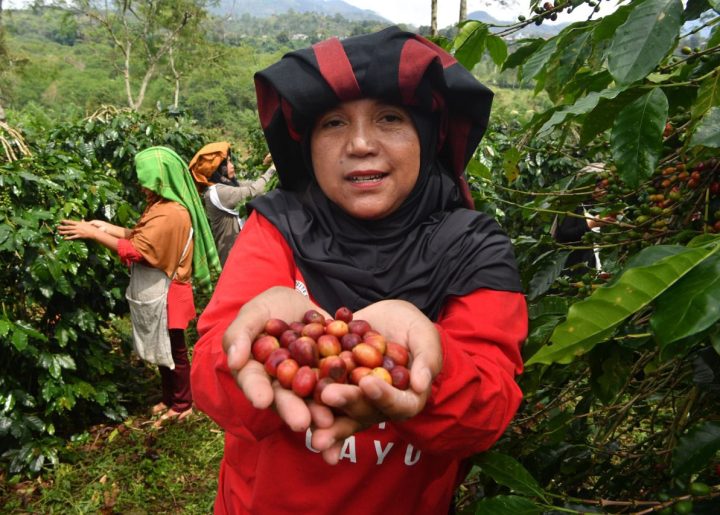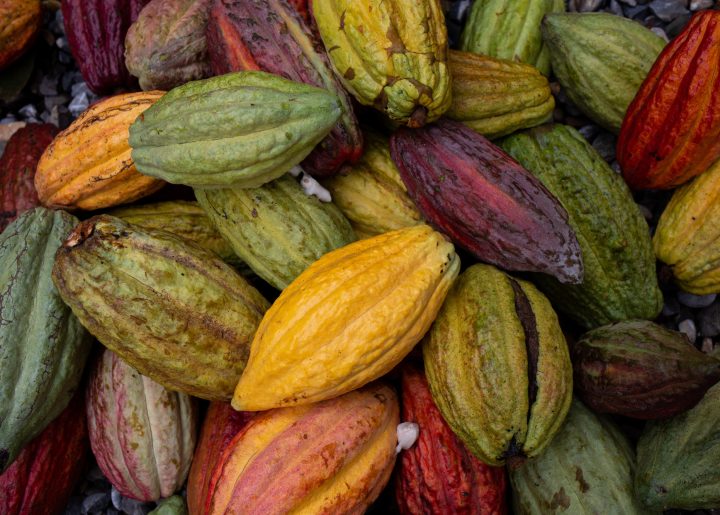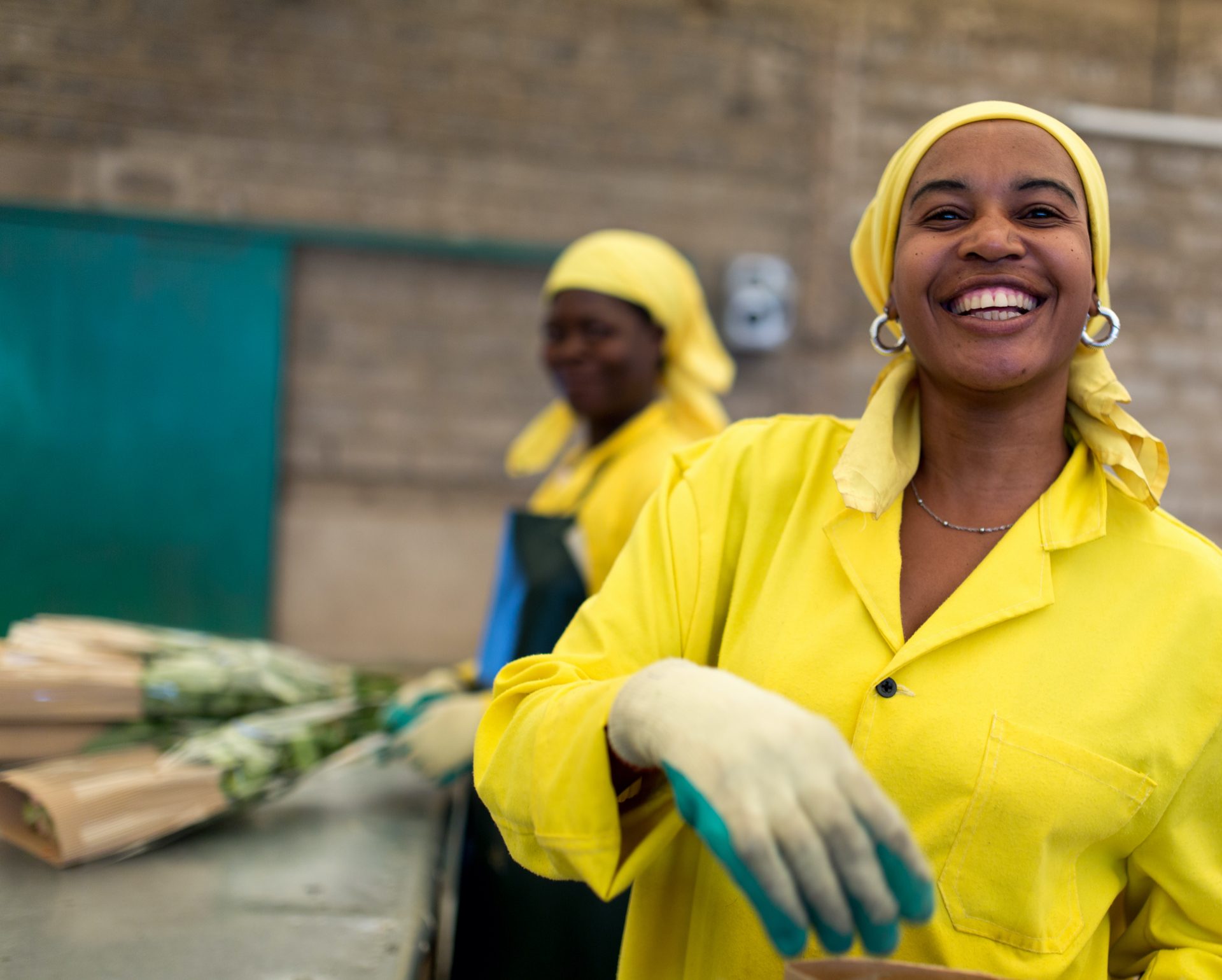Bananageddon Cometh

Undoubtedly, bananas’ popularity comes from their distinctive appearance – and their rock-bottom price. But what might be less well-known is that bananas as we know them are on the verge of extinction.
The average American consumer eats 27.5 pounds of bananas per year, but you don’t need to know the numbers to know that bananas are one of the world’s most popular fruits. Undoubtedly, bananas’ popularity comes from their distinctive appearance – and their rock-bottom price. But what might be less well-known is that bananas as we know them are on the verge of extinction.
IF THIS DISEASE REACHES THE BANANA-PRODUCING STRONGHOLDS OF CENTRAL AND SOUTH AMERICA, IT COULD MEAN THAT BANANAS AS WE KNOW THEM WILL DISAPPEAR FROM OUR GROCERY STORES.
’
Commercially-produced bananas in grocery stores in the United States and Europe are of the Cavendish variety. These bananas are seedless, which means you can’t just plant seeds like you do with other crops. Instead, these banana plants sprout clones of themselves called “suckers.” And while this produces a smooth, beautiful fruit without any of the teeth-cracking black seeds that wild bananas often have, these plants live in perpetual risk. Each banana plant’s immune system is identical, so a disease that affects one banana plant affects all of them.
A particular disease called Tropical Race 4 (TR4), or Panama disease, is known to devastate banana plants. A previous strain of Panama disease wiped out the Gros Michel banana, which was the commercial variety our grandparents ate pre-1950s. The Cavendish variety has already been wiped out in Southeast Asia by TR4 and cases have recently been reported in Australia.
If this disease reaches the banana-producing strongholds of Central and South America, it could mean that bananas as we know them will disappear from our grocery stores. The disease cannot be controlled by chemical pesticides, and dwindling supply will likely push the price of bananas through the roof until it no longer makes sense to export them. With this major threat, if we want to protect our favorite fruit, we are going to have to do some out-of-the-box thinking.
Currently, there are no banana varieties positioned to replace Cavendish. While working on my documentary Bananageddon, I’ve been able to learn about (and taste!) many alternative banana varieties, grown in a variety of alternative systems by small-scale farmers who care about their workers and the environment. Other varieties are more delicious and resistant to disease, but they don’t fit into the traditional industrial system. And that industrial system—the one that produces bananas at the rock-bottom price we are used to – ultimately comes at a steep cost that consumers rarely glimpse.
Bananas are grown in a tropical climate, far away from the mainland United States, which makes their status as a grocery stores staple nothing short of miraculous. The fruit requires an extraordinary amount of labor. Unlike the other crops in the world’s top five – such as corn, wheat and rice – the banana harvest cannot be mechanized.
People cultivate the plants, which includes selecting the suckers, cutting the unwanted suckers, treating the leaves for fungus, spraying pesticide, and treating the soil for nematodes, a pest that destroys a banana plant’s roots. Apart from applying some of the pesticides by crop-dusting, most of these processes are done plant-by-plant by individual workers.
After the fruit reaches a certain size, it is picked green by a worker with a machete, who will carry the stem of bananas (which can weigh up to 125 pounds) to the packing plant. Some plantations have rail systems that allow the bananas to be hung and slid along rails, which makes transport easier, but these “banana trains” are still commonly pulled by a worker in a harness. Once they reach the packing plant, the bananas are hand-cut into bunches, washed and sorted, labeled with stickers (a Fairtrade or organic label if its lucky), and packed into boxes — all by hand.
What this all means is that bananas are literally a fruit of labor – human labor. And how that labor is treated matters. Many workers receive less than $20 per day for their work—work that is strenuous and even dangerous. Farmers face challenges in making their business sustainable. But all of these workers and farmers could be out of the job if TR4 makes landfall in the Americas. It would mean a perfect storm that will likely lead to the collapse of the commercial banana.
In the face of uncertainty, those of us who enjoy bananas need to support them in every way we can. Bananas with a Fairtrade label have been grown under exacting conditions applying an assortment of social, economic, and environmental values. Providing workers and farmers with better income and the resources they need to improve their businesses will go a long way to ensuring a future for bananas.
There is a lot that’s not fair about bananas. But Fairtrade can do a lot to make them fairer.
Topics
We’re in this together
Fairtrade America partners with brands on the journey to certification and beyond. We can help with everything from finding a certified supply chain to marketing your newly certified product.
Get in Touch





